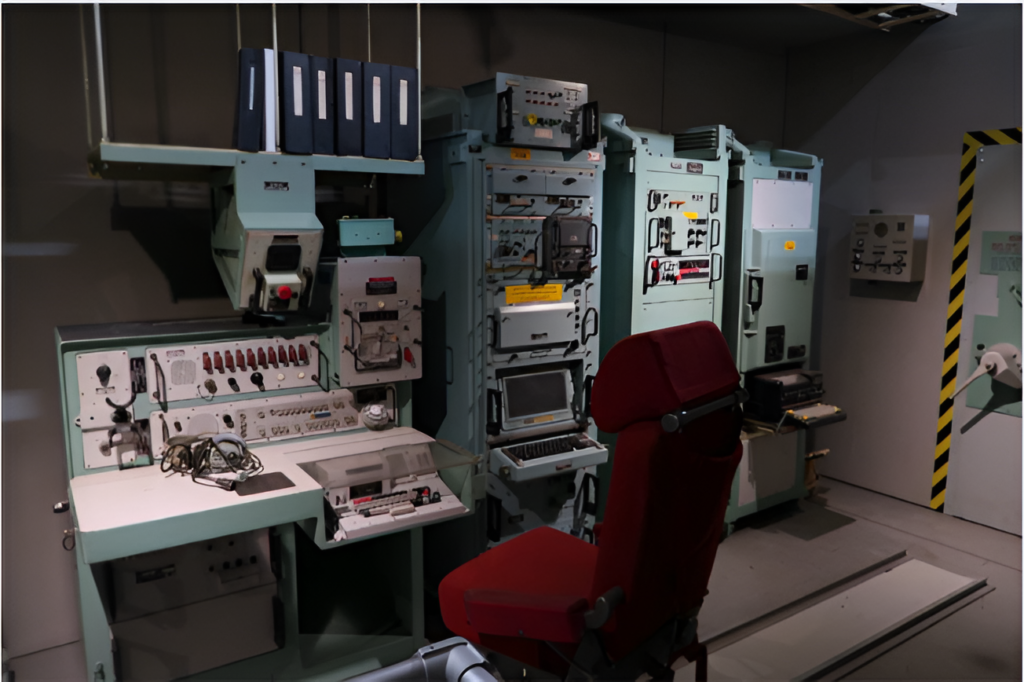
Imagine this: the next major ransomware attack on U.S. soil doesn’t just lock up your computer—it involves a nuclear weapon. While this might sound like a sci-fi thriller, it underscores the growing risks as the U.S. nuclear arsenal integrates more digital systems. The shift from analog to digital introduces immense complexities that traditional testing methods struggle to address. To ensure the safety, security, and reliability of these ultimate safety-critical systems, we need a bold rethinking of how we test and design them.
The U.S. nuclear stockpile undergoes rigorous scrutiny under the National Nuclear Security Administration’s Stockpile Stewardship Program. Historically, these weapons relied on analog mechanisms, making it simpler to verify their safety. But today’s digital upgrades require an entirely new approach to meet the stringent Walske criteria—standards that ensure an extraordinarily low chance of accidental detonation: one-in-a-billion under routine conditions and one-in-a-million in abnormal environments.
Designing for Test: A New Paradigm
The solution lies in adopting a “design-for-test” approach. This involves two key principles: creating test weapons that are nearly indistinguishable from operational ones and embedding mathematically analyzable software into the design.
Digital systems bring unique challenges, particularly in testing their immense “state space”—the vast number of potential program states a system can reach. Testing every possible state is infeasible. For example, a program with just four variables can yield over 2128 states. Even if testing one thousand states per second, it would take longer than the age of the universe to cover them all. This leaves room for hidden bugs with potentially catastrophic consequences.
A chilling example comes from the automotive world: Toyota’s “sticky accelerator” issue. Initially blamed on mechanical flaws, it was later found to stem from a software bug in the electronic throttle control system. This defect caused unintended acceleration, leading to crashes and fatalities. If such a flaw can escape detection in cars, imagine the stakes in nuclear weapon systems.
Design-for-test addresses this by embedding rigorous testing protocols into the design phase itself. Formal methods—mathematical techniques for modeling and verifying software systems—play a critical role. These methods allow engineers to mathematically prove software correctness, reducing the likelihood of undetected flaws. Model checking, for instance, can identify safety violations early in the design process, ensuring systems meet the highest reliability standards.
Cybersecurity and Embedded Testing
Digitization also introduces new cybersecurity risks. Software complexity inherently makes systems more susceptible to exploitation, raising the specter of a malicious actor reprogramming nuclear systems. Formal methods can enhance security by creating systems that are mathematically provable against hacking attempts. Programs like DARPA’s High Assurance Cyber Military Systems have already demonstrated the feasibility of creating “un-hackable” vehicles, including drones and helicopters. The same principles can and should be applied to nuclear weapons.
Another critical step is ensuring test and operational weapons are identical. Currently, the U.S. uses Joint Test Assemblies (JTAs)—nuclear weapon shells without explosive material but equipped with sensors. However, JTAs differ from real weapons due to added instrumentation. Meanwhile, “hi-fi” tests—which use war-reserve-grade weapons without nuclear material—lack telemetry data. This dual approach leaves gaps in testing accuracy and increases costs.
By integrating test instrumentation directly into weapon designs, we can create “instrumented hi-fi” weapons. These would be virtually identical to operational ones, allowing for more precise and comprehensive data collection. This also mitigates cyber risks, as seen in the 2017 WannaCry ransomware attack. WannaCry exploited differences between test and operational environments, lying dormant during testing and activating in the real world. Such an exploit in nuclear systems could have catastrophic consequences.
Why Go Digital?
With such high stakes, why transition to digital at all? The answer lies in compatibility and efficiency. Modern delivery platforms, like the B-21 Raider bomber, rely on digital interfaces. Digital systems also enable rapid updates and retesting, while analog systems require months of fabrication and evaluation for any changes.
The real question isn’t whether to go digital but how to do so safely. By adopting design-for-test principles, formal methods, and embedded instrumentation, the U.S. can uphold the stringent safety standards that have defined its nuclear arsenal for decades.
The Path Forward
Transitioning to this new paradigm demands substantial investments in expertise, tools, and processes. But the stakes couldn’t be higher. Nuclear weapons are the ultimate safety-critical systems, and their security, safety, and reliability must be guaranteed in a world of evolving technological threats. Embracing advanced testing methods isn’t optional—it’s a necessity for safeguarding the digital arsenal.



